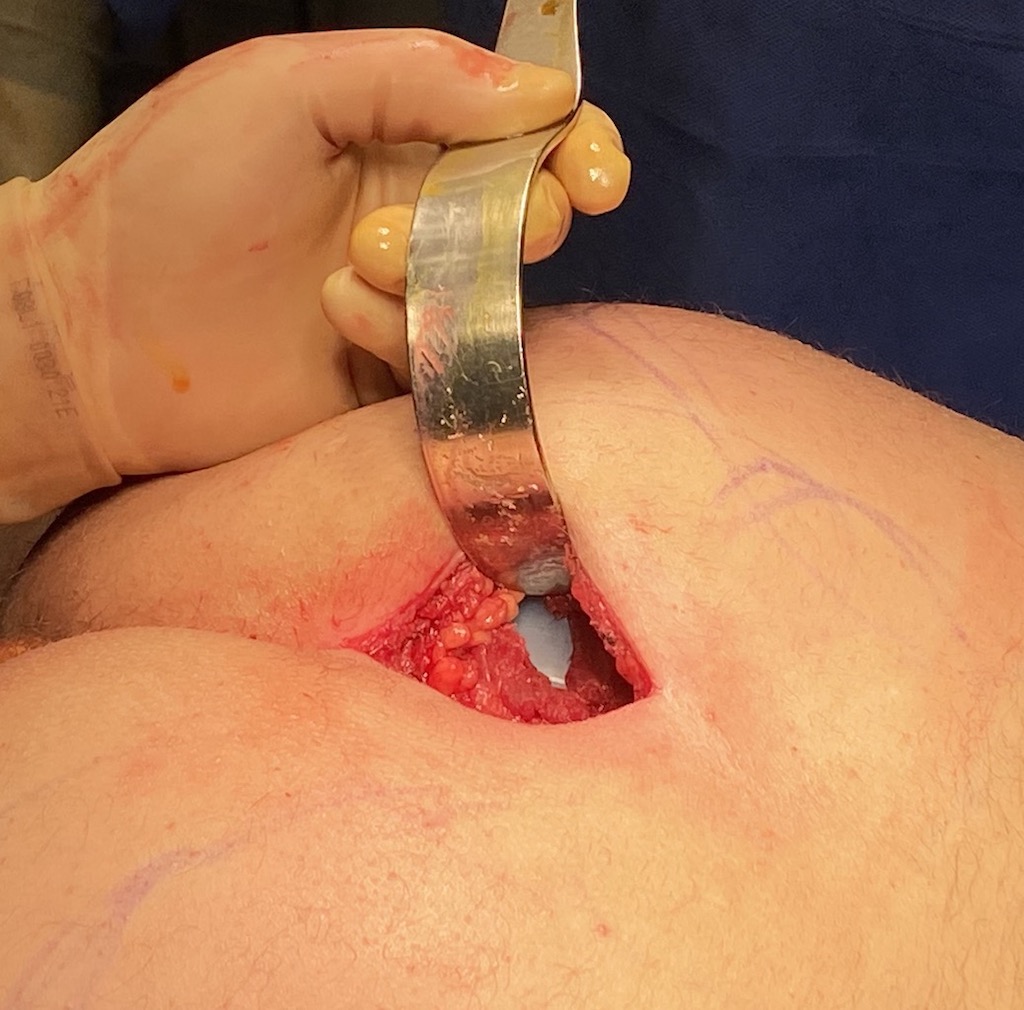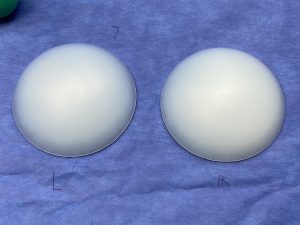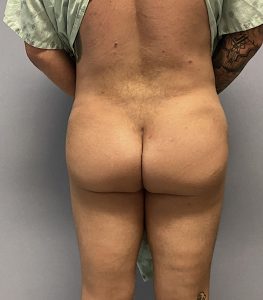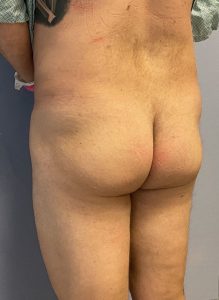Background: While BBL surgery is the most common form of buttock augmentation today not everyone is a good candidate or achieves a satisfactory result. Some patients have inadequate fat to harvest while others have the BBL procedure but not enough fat survives to achieve their their aesthetic augmentation goal. As a result implants remain a valuable buttock augmentation method as a secondary surgical method. In other words, I advise patients to try BBL surgery first, if they are a good candidate, and only then move on to buttock implants if necessary.
When placing buttock implants there are the pocket locations to consider…subfascial, intramuscular and submuscular of the gluteus maximus muscle. Historically the subfascial pocket location was preferred as it offered the most direct implant placement and was not significantly restricted by implant size. But it has the highest rate of complications from infection, seromas, implant visibility and implant shifting/rotation. This doesn’t mean they always happen, just at a higher frequency than the other two pocket locations.
Because of these issues the intramuscular pocket location has gained popularity as it significantly reduces the incidence of complications. However it is a far more difficult to perform technically and, as a result, its use is reserved for those surgeons who have a focus on buttock implant surgery and are willing to make the effort to learn it in cadaveric dissection laboratories. But beyond its greater technical challenges it is also a smaller implant pocket that can be created inside the muscle. Implant sizes are usually limited to 300 to 400cc with the larger size being for taller/bigger persons.
There is also the newer submuscular pocket, which has it advantages, but it requires a gel-type buttock implant for placement through a narrow muscular entrance into the space. No such gel buttock implant exists in the U.S. currently.
All of these buttock implant considerations apply equally to men as well as women. There are no gender differences in the consideration of implant size or pocket location.
Case Study: This younger male desired a larger and more projecting buttock implant shape. Given his body type and size a 400cc soft solid buttock implant style was chosen.

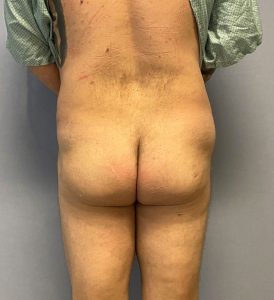
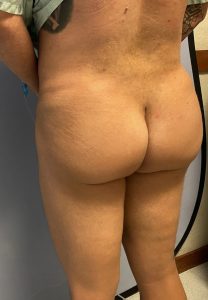

Key Points:
1) Buttock implants, regardless of gender, have three pocket locations of which the intramuscular is the most common currently used.
2) Buttock implant size is a major consideration in the intramuscular technique as the pocket size is more limited
3) The hardest part of the intramuscular buttock implant procedure is passing a solid silicone implant through the intergluteal incision…of which the funnel device expedites this part of the procedure.
Dr. Barry Eppley
World-Renowned Plastic Surgeon

